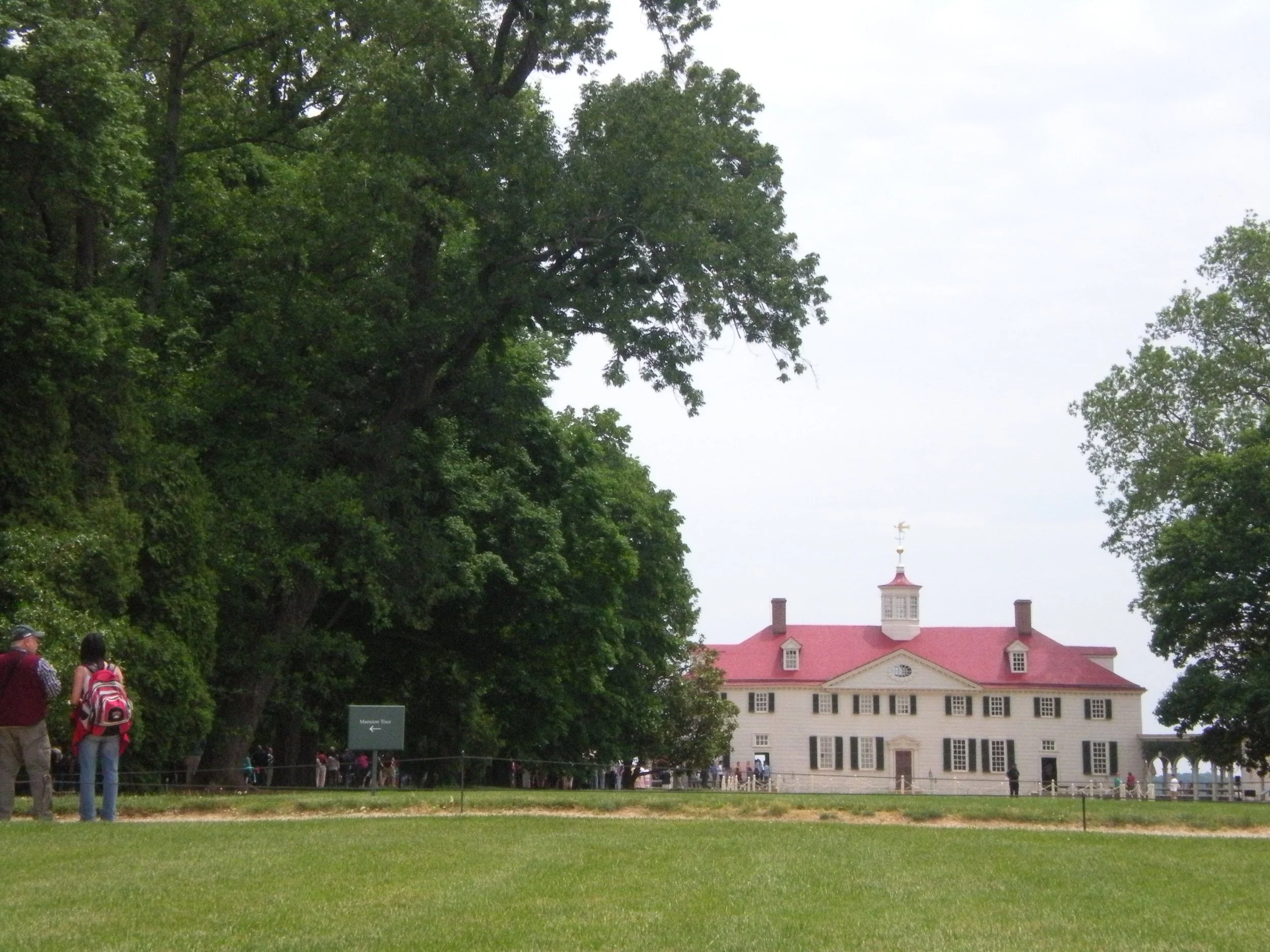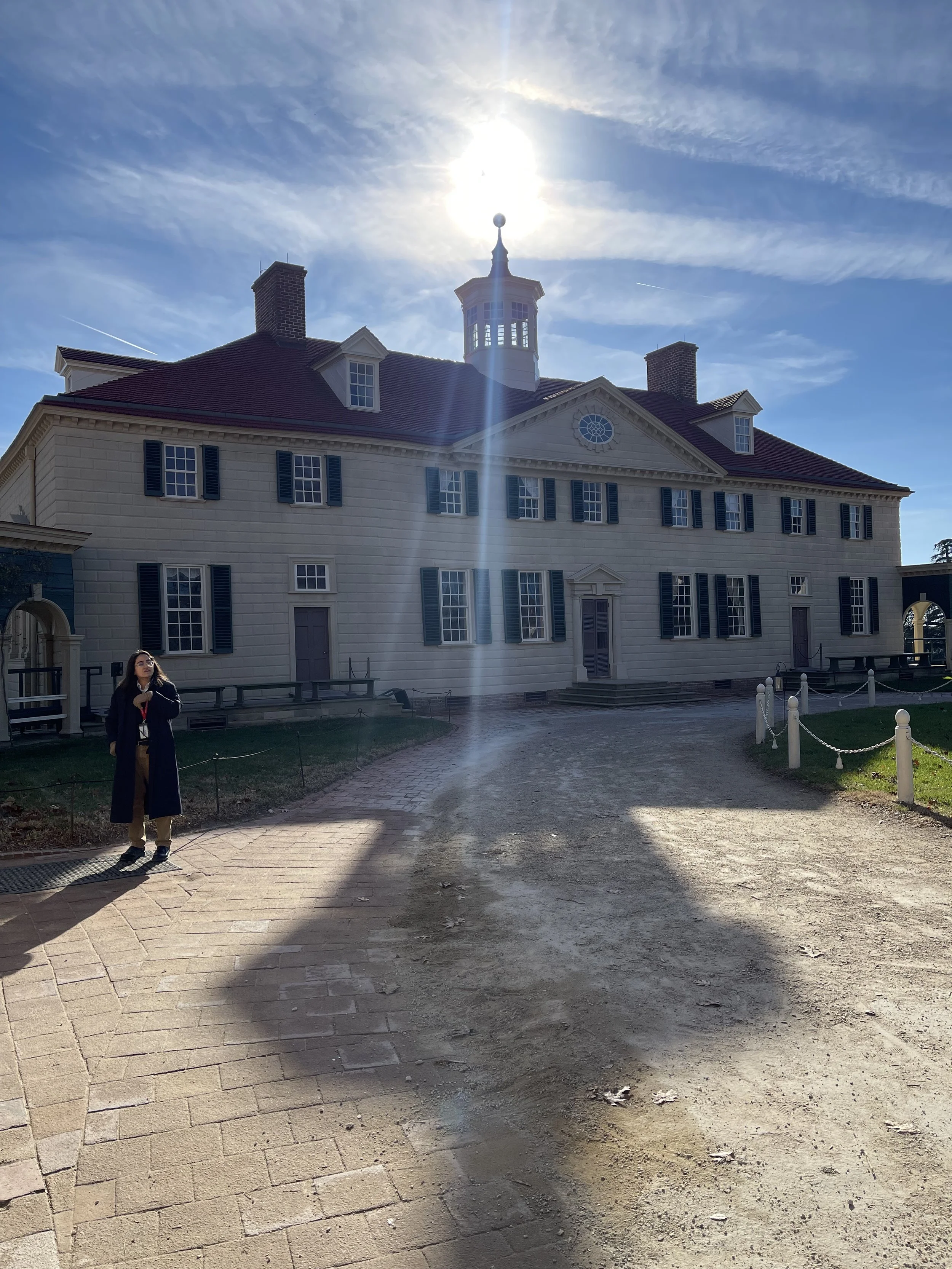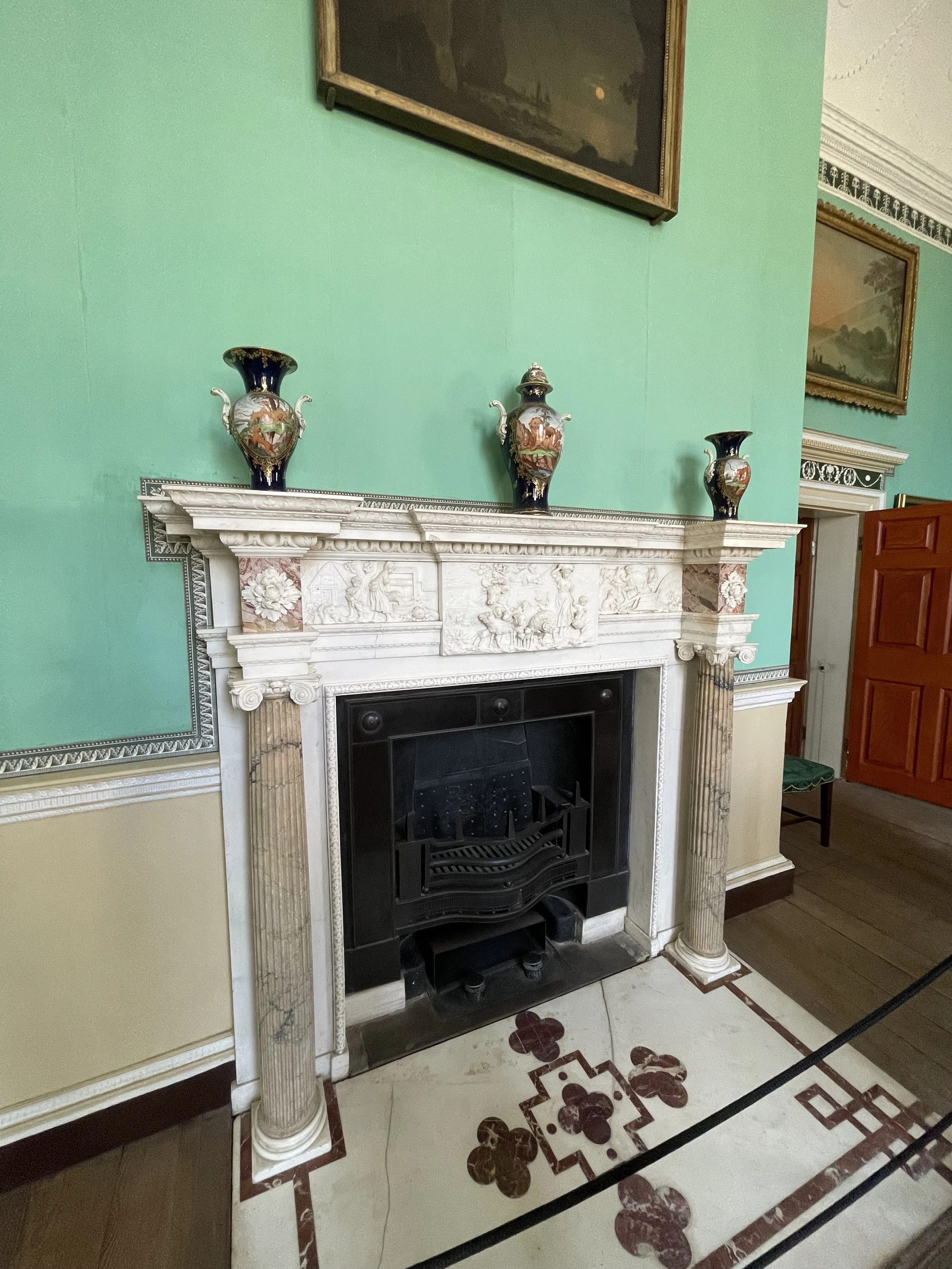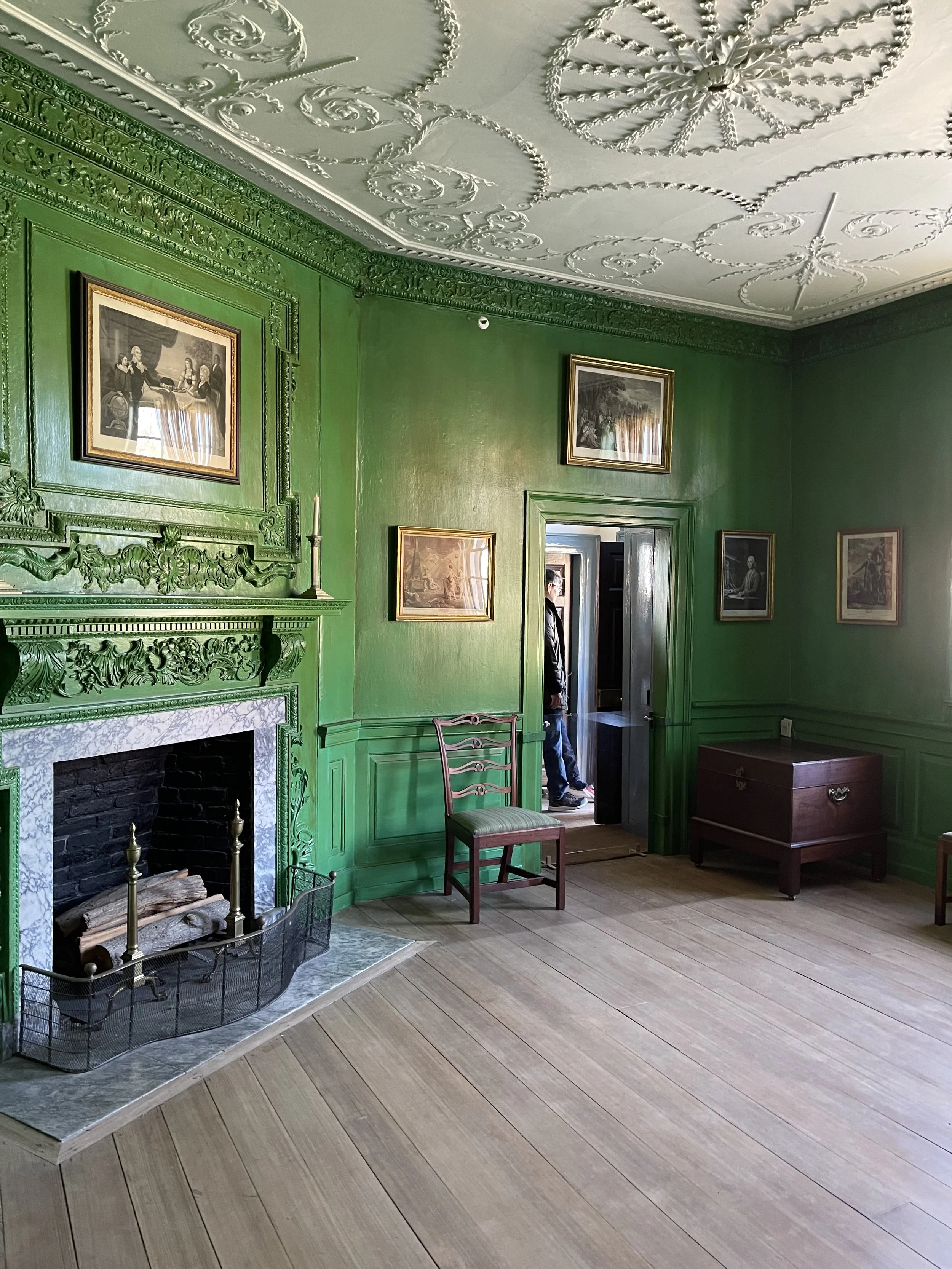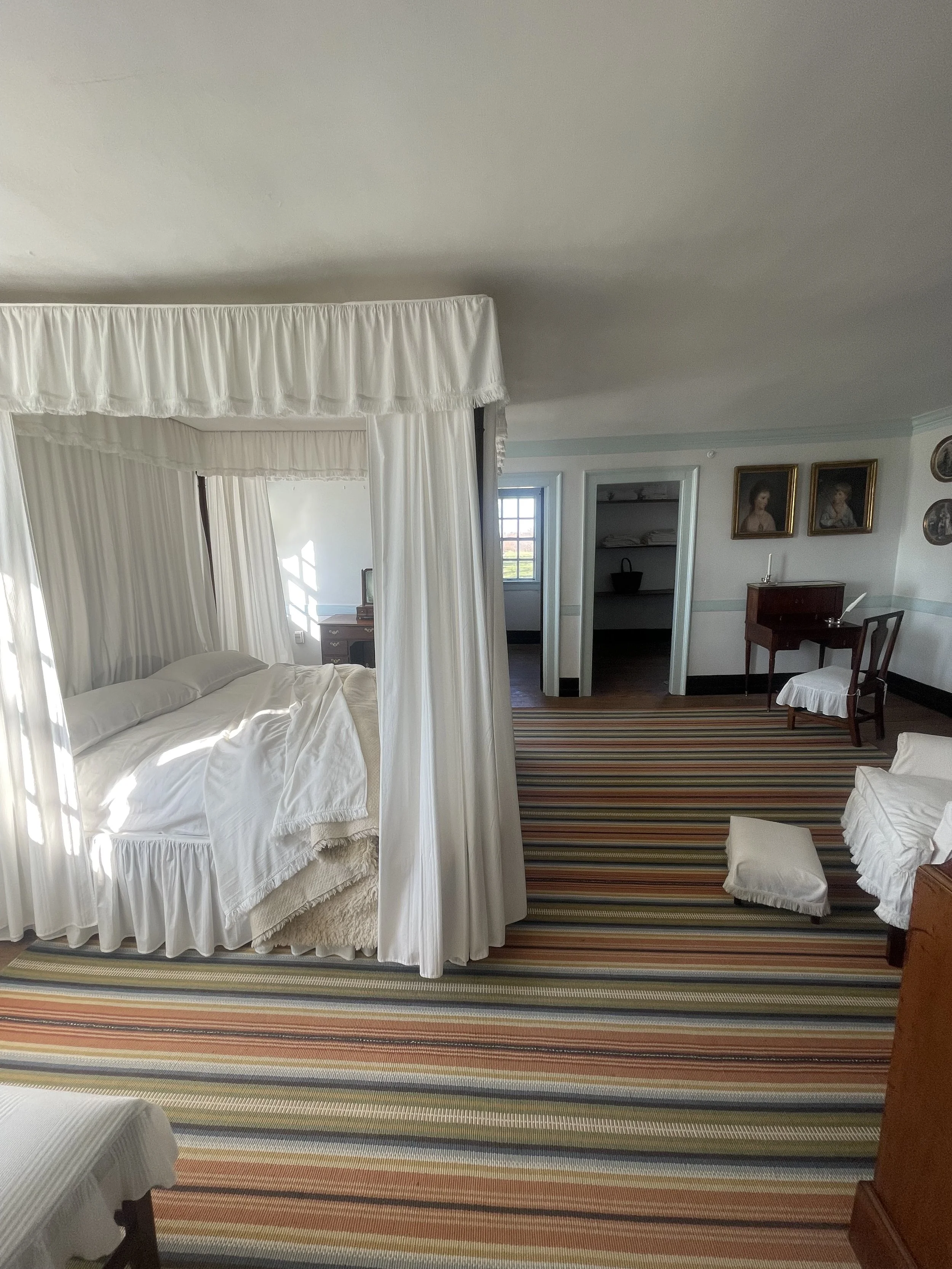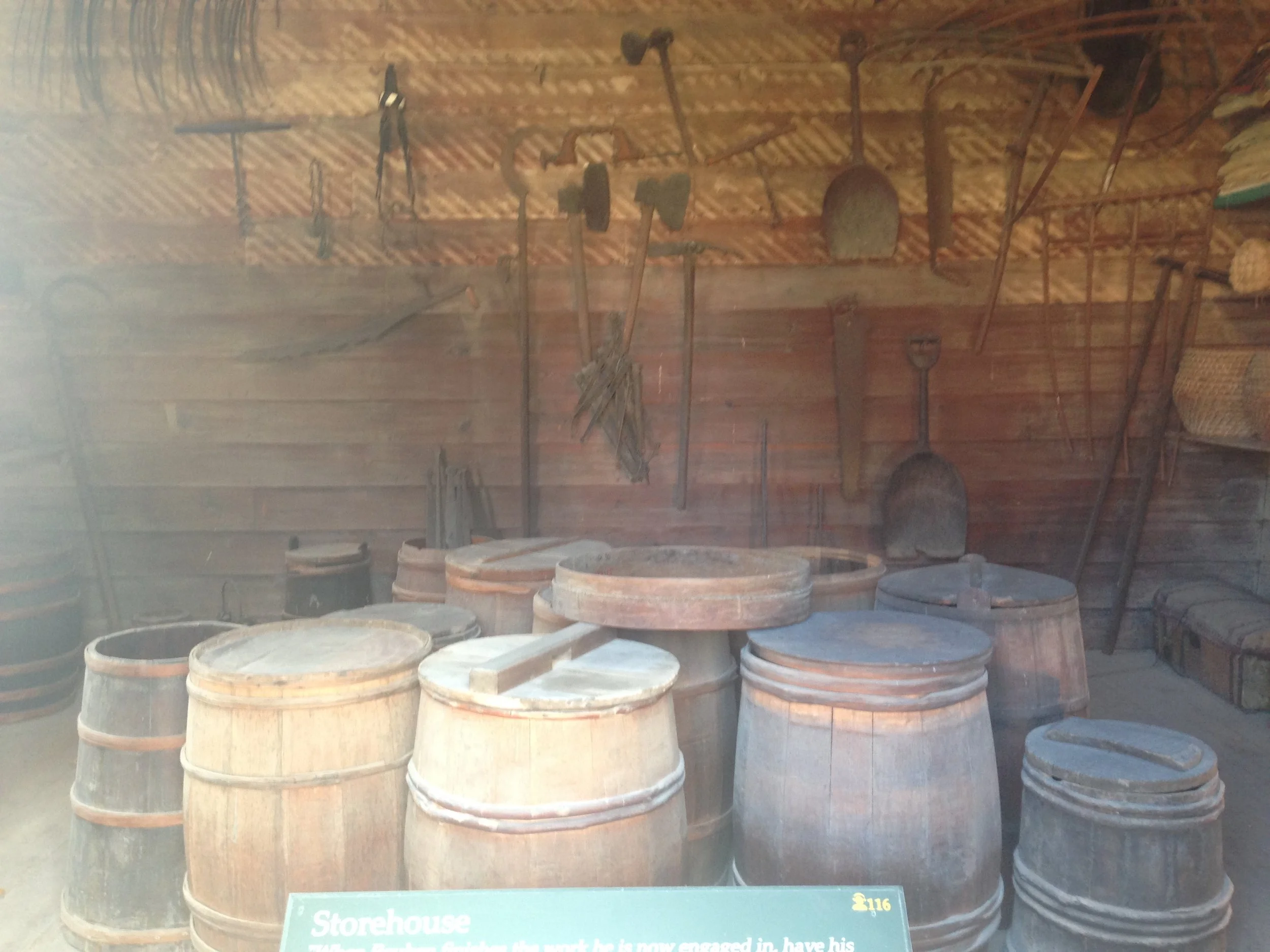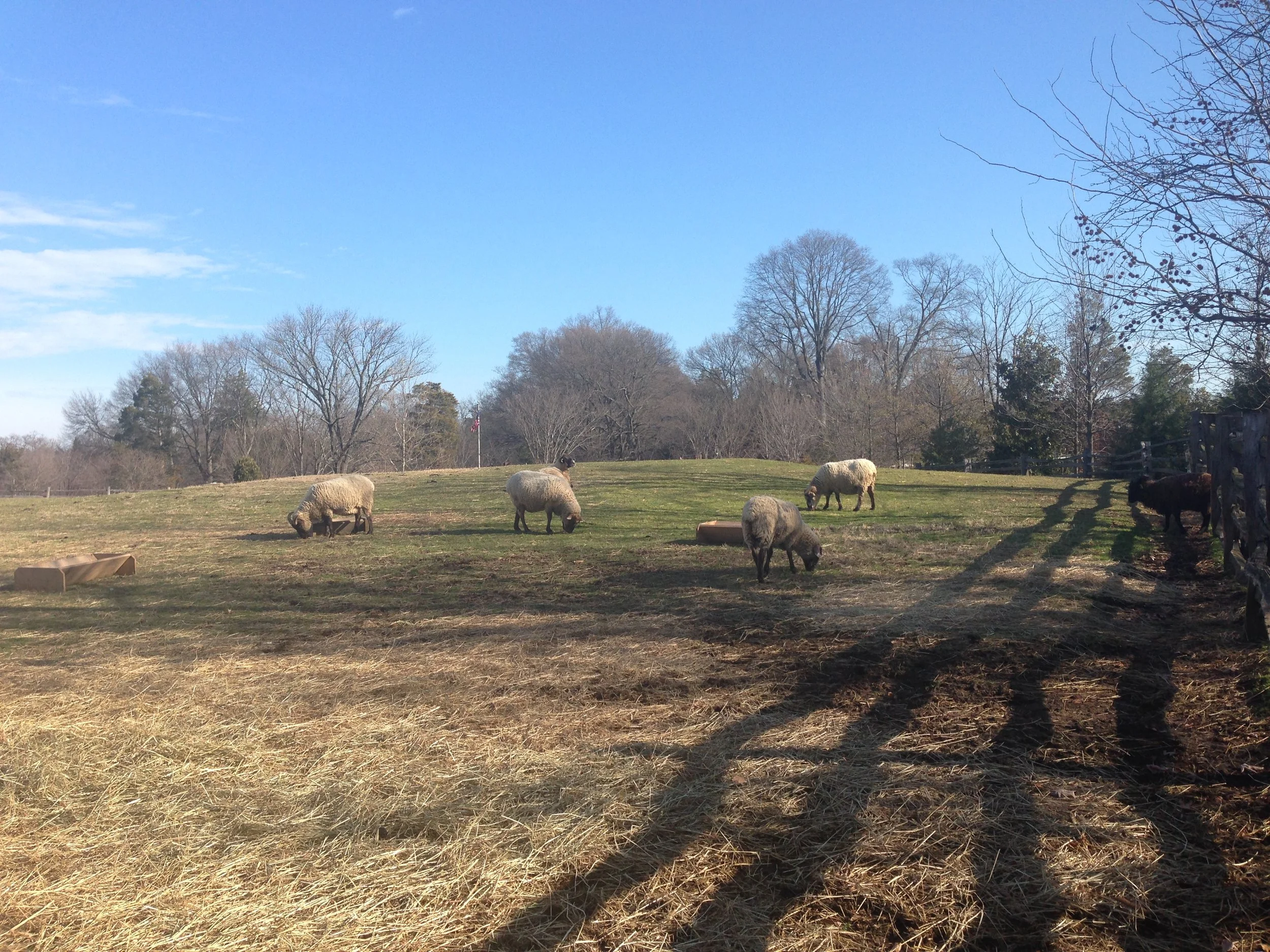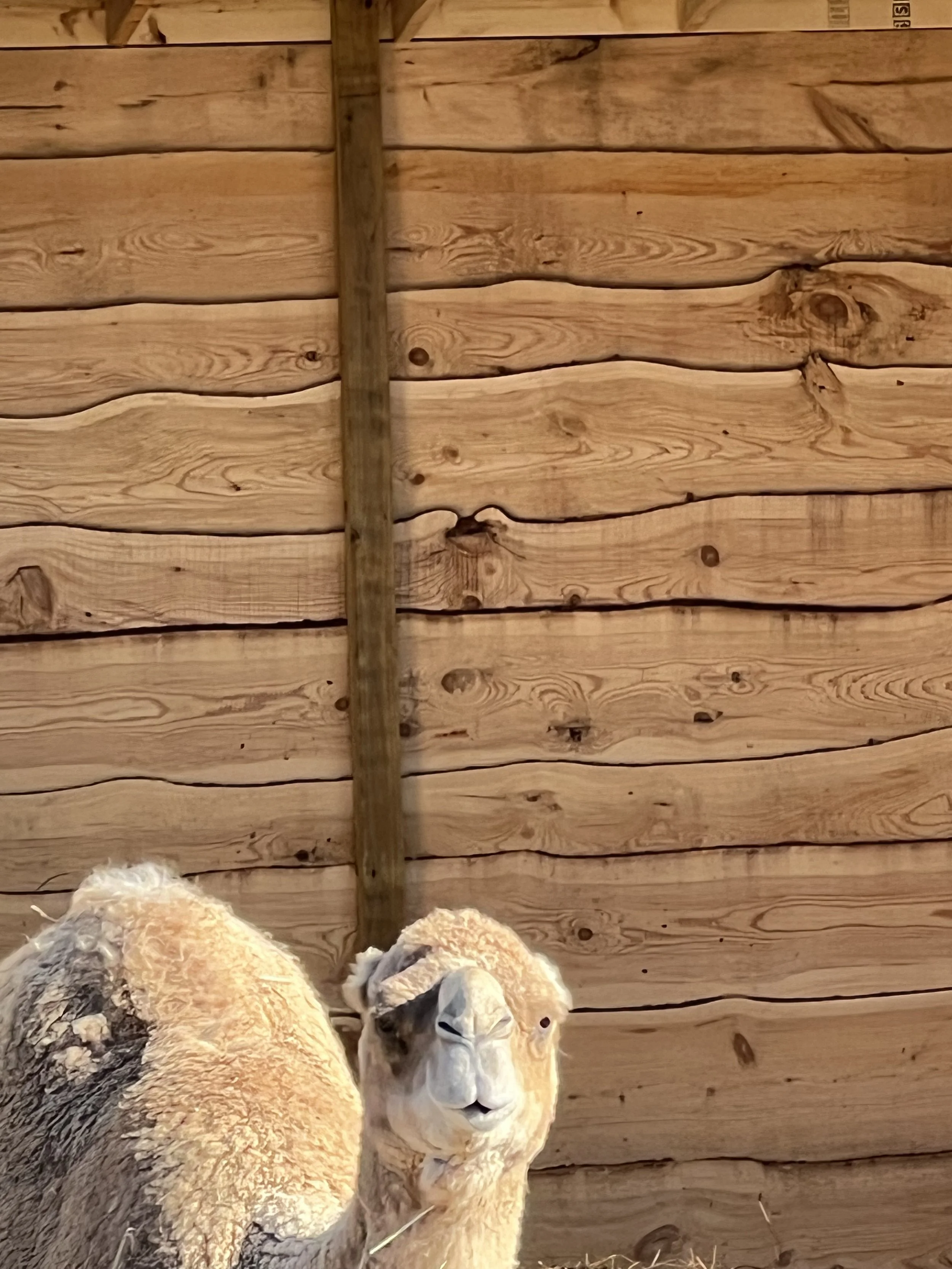Exploring Mount Vernon, VA
Having grown up in Virginia, I was accustomed to going to Mount Vernon for field trips, family trips, etc. I’ve been nearly a dozen times and it never gets old, mainly because there is always something new to discover.
Jump To:
What to See
There is so much to see that it can almost be overwhelming. Below are the highlights:
The Main Mount Vernon home
The outbuildings
the farm
The Grounds
The Tomb
Tips When Visiting
go during the christmas season
Any time is wonderful to go HOWEVER, if you go during the Christmas season, you will get to meet Aladdin the Christmas camel! He is a descendent of the original that George Washington would hire. You may also get to see a pardoned turkey or two (that is temperature-dependent).
TIP: If you can brave the cold, consider a candlelight tour. They do a wonderful job decorating for the Christmas season!
explore the Gift Shop
Many of the goods that Mount Vernon sells, including honey, preserves, chocolates, whiskey, wine, soaps, etc. are handmade using the same techniques from the 1700s. NOTE: The Whiskey will look pricey. That’s because they are a small batch mill making only 5,000 gallons a year (the mill is an exact replica of the one George Washington used on the exact site, using the exact techniques of the 1700s making the price worth it).
Dine at Mount Vernon Inn Restaurant
If you want an authentic 1700s dining experience, head to the Mount Vernon Inn! The food is incredible (portions are large so take that into account, especially if you want to try one of their desserts) and the service is wonderful! Reservations are highly recommended.
Walk through the Museum
The Mount Vernon Ladies' Association has done an incredible job curating this museum! There are so many artifacts from the Washington family to explore, as well as some great audio/visual experiences as well.
A History Summary
1674 - The Washington and Spencer families acquired the land to build their home. They named the property, “Little Hunting Creek Plantation”.
1677 - Lawrence Washington, George Washington’s grandfather, inherited his portion of the estate after his father passed.
1690 - Lawrence agreed to formally divide the estimated 5,000 acre estate with the heirs of Nicholas Spencer, who had died the previous year.
1698 - Lawrence passed away, bequeathing the property to his daughter Mildred.
1726 - Mildred agreed to a one-year lease on the estate to her brother Augustine Washington, George Washington's father, for a peppercorn rent. A month later the lease was superseded by Augustine's purchase of the property for £180.
1734 - The family built their initial one-story home out of wood, with a garret.
1738-1740s - Lawrence Washington, George Washington’s older half-brother, acquired the estate from their father and re-named the estate after Edward Vernon - a vice admiral and his commanding officer during the War of Jenkins' Ear who captured Portobelo from the Spanish.
1739 - Lawrence began buying up parcels of land from the adjoining Spencer tract, starting with a plot around the grist mill on Dogue Creek.
1752 - Lawrence died and his will stipulated that his widow should own a life estate in Mount Vernon, the remainder interest falling to his half-brother, George. Anne, his widow, remarried into the Lee family and moved out.
1754 - 1761 - George Washington began leasing the estate from his family until 1761 when he became the sole owner.
1758 - George Washington expanded the house - the roof was raised to add a second story and add a 3rd floor garret.
1759 - Revolutionary War - Washington had five separate farms as part of his estate. He took a scientific approach to farming and kept extensive and meticulous records of both labor and results.
1766 - Washington ceased growing tobacco at Mount Vernon and replaced the crop with wheat, corn, and other grains. Besides hemp and flax, he experimented with 60 other crops including cotton and silk. He also derived income from a gristmill which produced cornmeal and flour for export and also ground neighbors' grain for fees. Washington similarly sold the services of the estate's looms and blacksmith.
1774 - A two-story wing was added to the south side of the home.
1775 - Two single-story secondary wings were built (servants hall and kitchen)
1776 - A two-story room was added to the north side of the home.
1778 - The colonnades were added to complete the Palladian style.
1786 - The gardens and grounds contain English boxwoods, taken from cuttings sent by Major General Henry Lee III, a Governor of Virginia and the father of Robert E. Lee, which were planted by George Washington and now crowd the entry path.
1787 - Washington begins hiring a Christmas Camel, named “Aladdin”, for his Christmas parties - an example of the animal that brought the Three Wise Men to Bethlehem to visit the newborn Jesus.
1797 - Farm manager James Anderson, a recent Scottish immigrant, suggested the establishment of a whisky distillery, which proved to be the estate's most profitable business venture over the decade of its operation.
1799 - 123 slaves were emancipated upon George Washington’s death. In addition, elderly slaves or those who were too sick to work were to be supported throughout their lives by his estate. Children without parents, or those whose families were too poor or indifferent to see to their education, were to be bound out (or apprenticed) to masters and mistresses who would teach them reading, writing, and a useful trade, until they were ultimately freed at the age of twenty-five.
Post-death (1799) - The estate progressively declined under the ownership of several successive generations of the family as revenues were insufficient to maintain it adequately.
1801 - The rest of the slaves received their freedom.
1802 - Martha Washington passed away and the largest part of George Washington’s estate, which included both his papers and Mount Vernon, passed to his nephew, Bushrod Washington, an Associate Justice of the Supreme Court of the United States. The younger Washington and his wife then moved to Mount Vernon. Unfortunately, not much cash was included in the inheritance, which made it impossible to maintain the property.
1829 - 1855 - Following Bushrod Washington's death in 1829, ownership of the plantation passed to George Washington's grandnephew, John Augustine Washington II. After he died in 1832, his wife, Jane Charlotte inherited the estate, and her son began managing it. Upon her death in 1855, John Augustine Washington III inherited the property. As his funds dwindled and the wear and tear of hundreds of visitors began to take its toll, Washington could do little to maintain the mansion and its surroundings.
1831 - The newer tombs of George and Martha Washington were completed and have been there ever since.
1858 - The house was purchased (at $6.3M today) by the Mount Vernon Ladies' Association, which it along with part of the Washington property estate - it is still owned by them today.
1860 - The estate opened to the public.
1878 - Steamboats began to carry tourists to Mount Vernon.
1885 - 1937 - Harrison Howell Dodge became the third resident superintendent. He doubled the facility's acreage, improved the grounds, and added many historic artifacts to the collections. He also revived gardens he found in George Washington’s writings and completed inventions and improvements George Washington never got around to completing.
1896 - 1932 - Electric railway service carried people from Washington, D.C. to the estate. It ended, due to the GW Parkway opening that same year.
1937 - 1976 - Charles Wall took over from Harrison. He oversaw restoration of the house by Killam and planted greenery consistent with what was used in the 18th century. In 1974, a campaign he organized was successful in preserving as parkland areas in Maryland across the Potomac River from Mount Vernon, as part of an effort to retain the bucolic vista from the house. His office was the same one used in the 18th century by Washington.
1960 - Mount Vernon was designated a National Historic Landmark and is listed on the National Register of Historic Places.
2007 - The estate opened a reconstruction of George Washington's distillery on the site of Washington's original distillery. Construction of the distillery cost $2.1 million. The fully functional replica received special legislation from the Virginia General Assembly to produce up to 5,000 US gal. of whiskey annually, for sale only at the Mount Vernon gift shop.
2011 - The estate owns 500 of the original 8,000 acres that George Washington had.
2019 - Mount Vernon began their annual whiskey festival.
